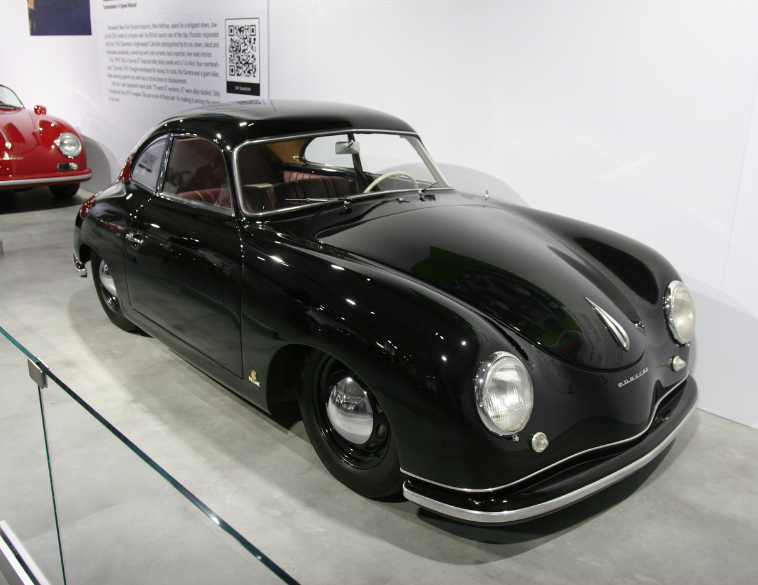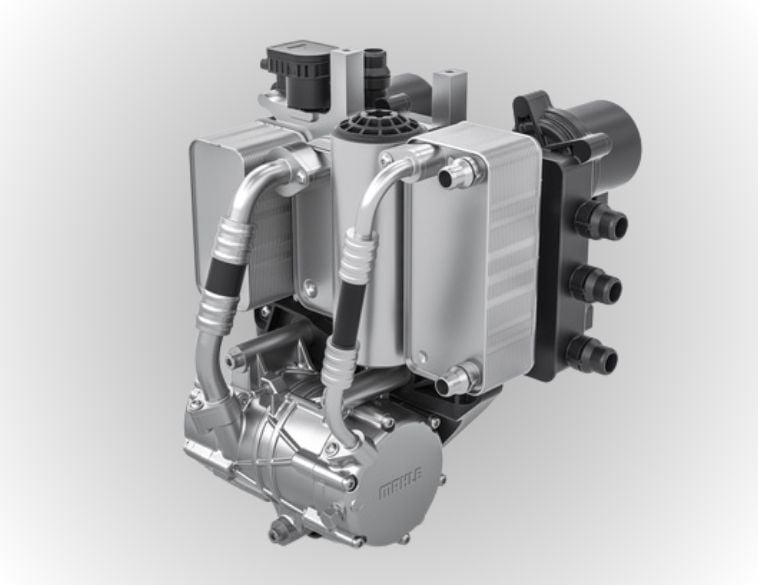Iconic and rare models from the beginning to 21st century showcase the ingenuity of the Stuttgart sports car manufacturer.
Each year, an exquisite display of vintage and classic vehicles is chosen for the Cobble Beach Concours d’Elegance exhibit at the Canadian International AutoShow.
For 2023, which represented the return to a physical AutoShow for the first time since 2020, as well as the 40th anniversary of this major consumer event, the Cobble Beach Concours d’Elegance display pulled out all the stops, with a special tribute to 75 years of Porsche.
Many of us who got into the automotive service trade, often did so because we love cars and right at the top of the list in terms of desirability rank the iconic sports cars from the esteemed German manufacturer based in Stuttgart.
World-beating sports cars
Porsche has long been known for its engineering excellence and somewhat unorthodox approach to sports car design (taking the foundation for what was originally the ultimate people’s car—the rear drive, rear engine, utilitarian Volkswagen Type 1—and transforming it into a world-beating series of sports cars). Porsche later developed a series of successful front-engine Grand Tourers and sporty coupes during the 1970s—cars that became iconic in their own right, alongside the traditional rear-engine 356 and 911 models.
Since then, the company has also ventured into exotic mid-engine race and street cars, and more recently plug-in hybrids and battery electrics.
Here, in this pictorial, we celebrate some of the milestone vehicles manufactured by Porsche over the last 75 years.



